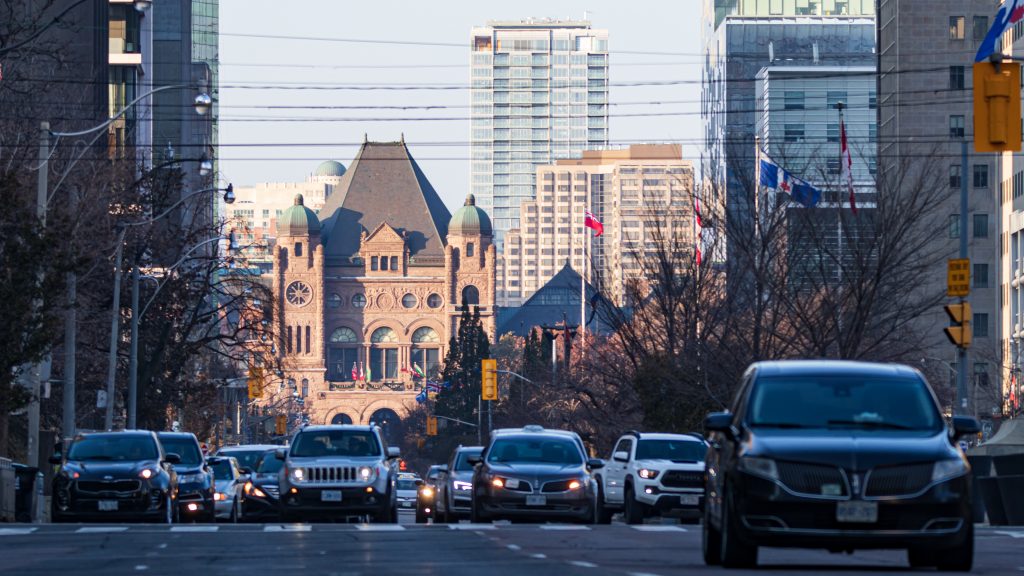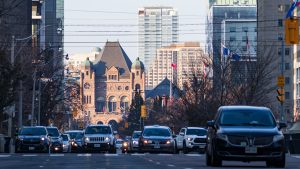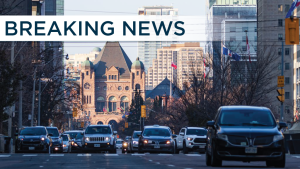TORONTO—The Ontario government is employing a previously little-used land-planning tool to fast-track development and circumvent normal planning processes, the auditor general said in her annual report.
An audit by Bonnie Lysyk’s office released Dec. 1 said the government issued 44 Minister’s Zoning Orders (MZO) between March 2019 and March 2021, when in the past, about one was issued per year. In 2017 and 2018, there were none.
The report said 17 of the 44 orders were issued to the same seven development groups or companies.
MZOs were originally intended to be issued in special circumstances, but the government is using them as a tool to overcome potential barriers and delays to development, Lysyk said, and there is no set criteria the minister uses to decide when to use one.
“We still think that, given the frequency that these are happening now, that it’s time to sit back and kind of say, what should be put in place so that there’s real clarity for everybody that’s involved around when an MZO is used,” Lysyk said.
“If an MZO is used to build a long-term care home, I think people would go, ‘OK, I kind of get it and understand the necessity’ as long as it’s clear why that decision for that particular developer was made. The other side is if, you know, somebody’s building something on a wetland, you’d kind of sit back and go, ‘I need more information.’”
Municipal Affairs and Housing Minister Steve Clark said it’s all about tackling the housing crisis in order to create more supply, and suggested MZOs should be used even more.
“If other ministers from other governments used that tool as much as we have in our time in government, we might not have a housing supply crisis. We might not have a crisis in long-term care beds,” he said.
“I think it’s a very good tool that allows not-for-profit housing to be built, long-term care, job creation. This is a tool that that our government really believes in.”
MZOs override local zoning bylaws if there is a conflict and can’t be appealed to the Ontario Land Tribunal, the audit noted.
The auditor pointed out that the government also recently embedded increased powers for MZOs as part of COVID-19 economic recovery legislation.
Five of the 44 MZOs were used for pandemic response, the report said, such as permitting restaurant patios and the construction of a facility manufacturing personal protective equipment.
Eighteen of them were issued on lands that were previously zoned for agricultural use or natural heritage protection, affecting an estimated 2,000 acres of farmland, the audit said.
There were 23 MZOs issued in order to increase the supply of long-term care beds.
© 2021 The Canadian Press











Recent Comments
comments for this post are closed